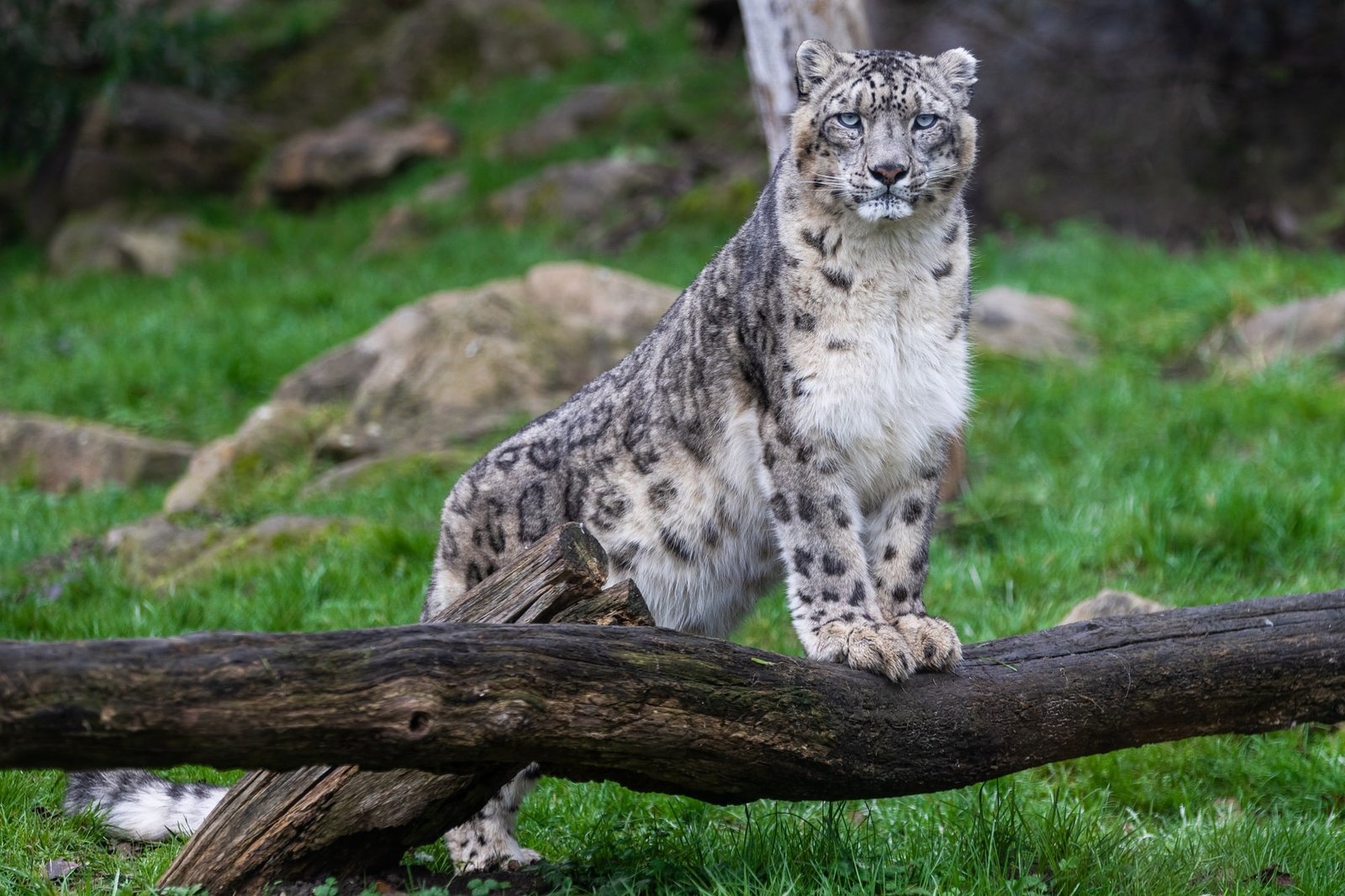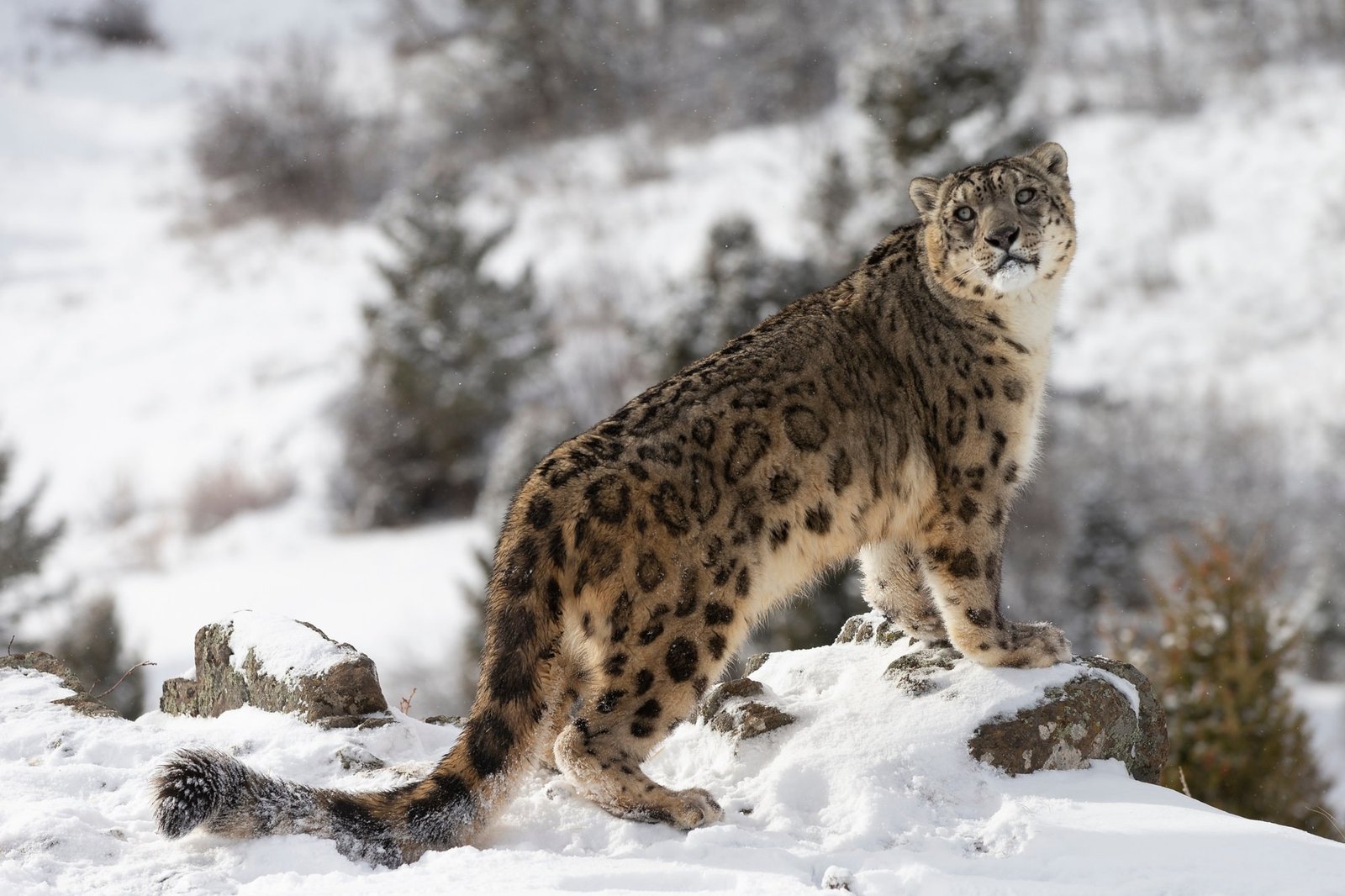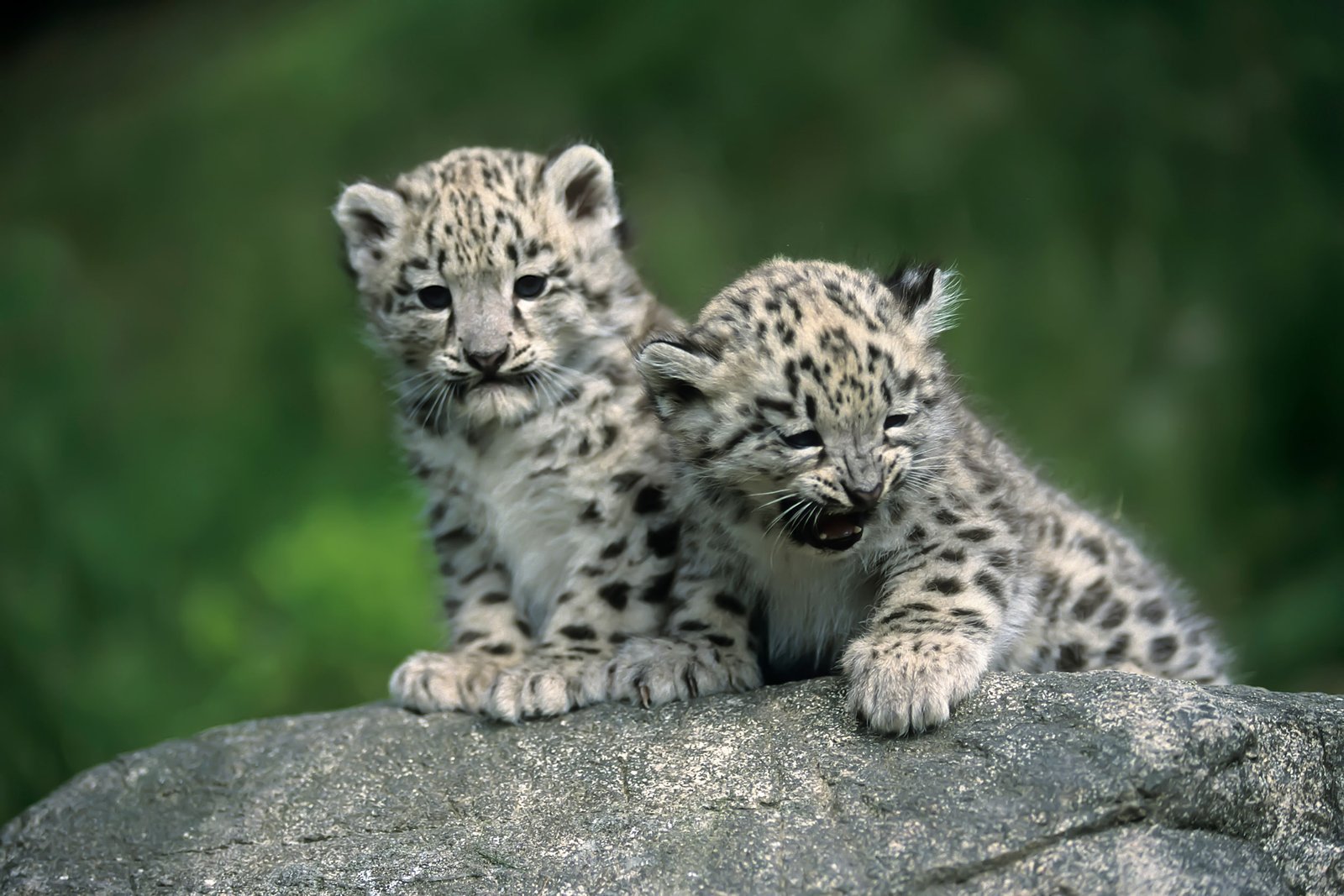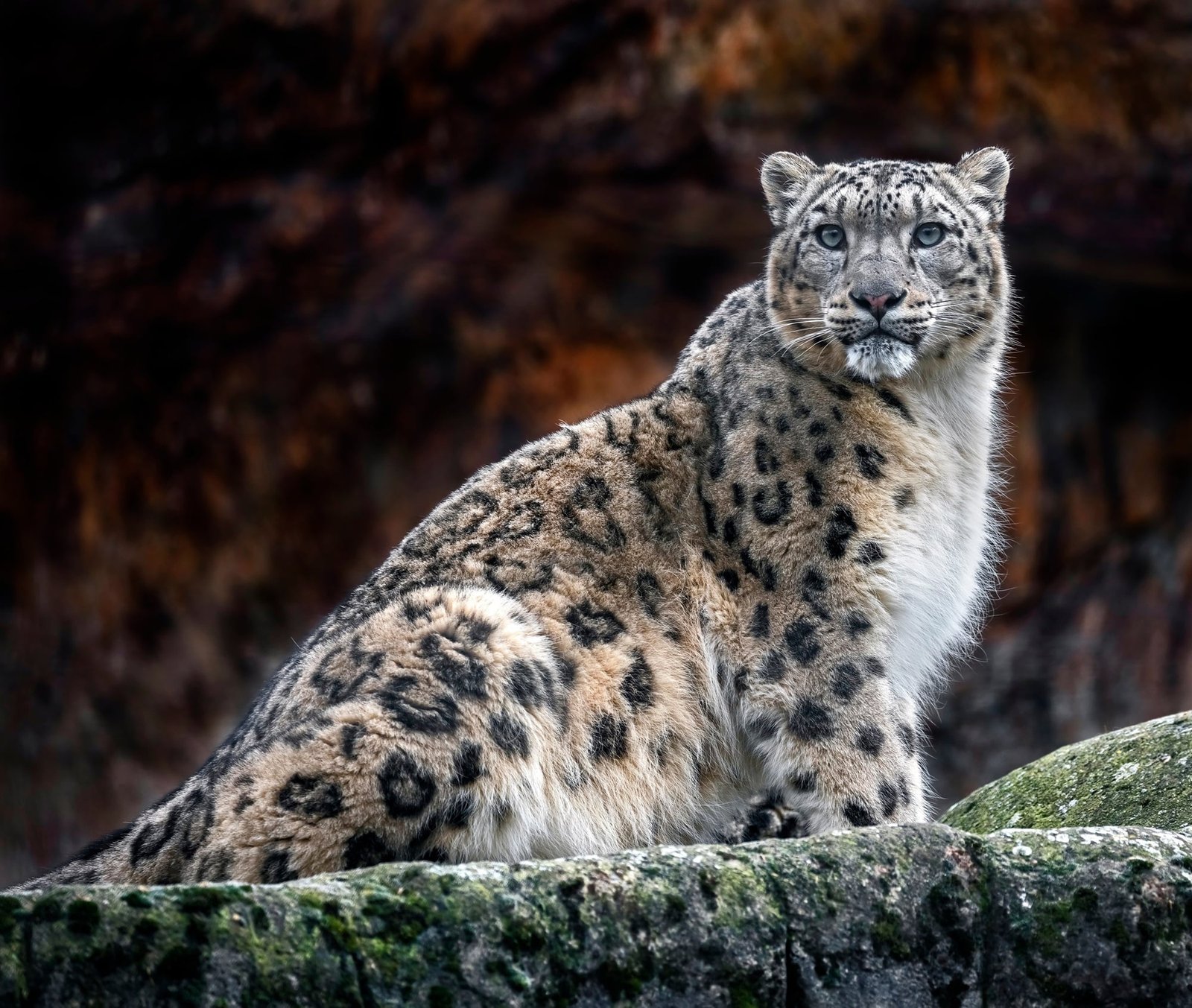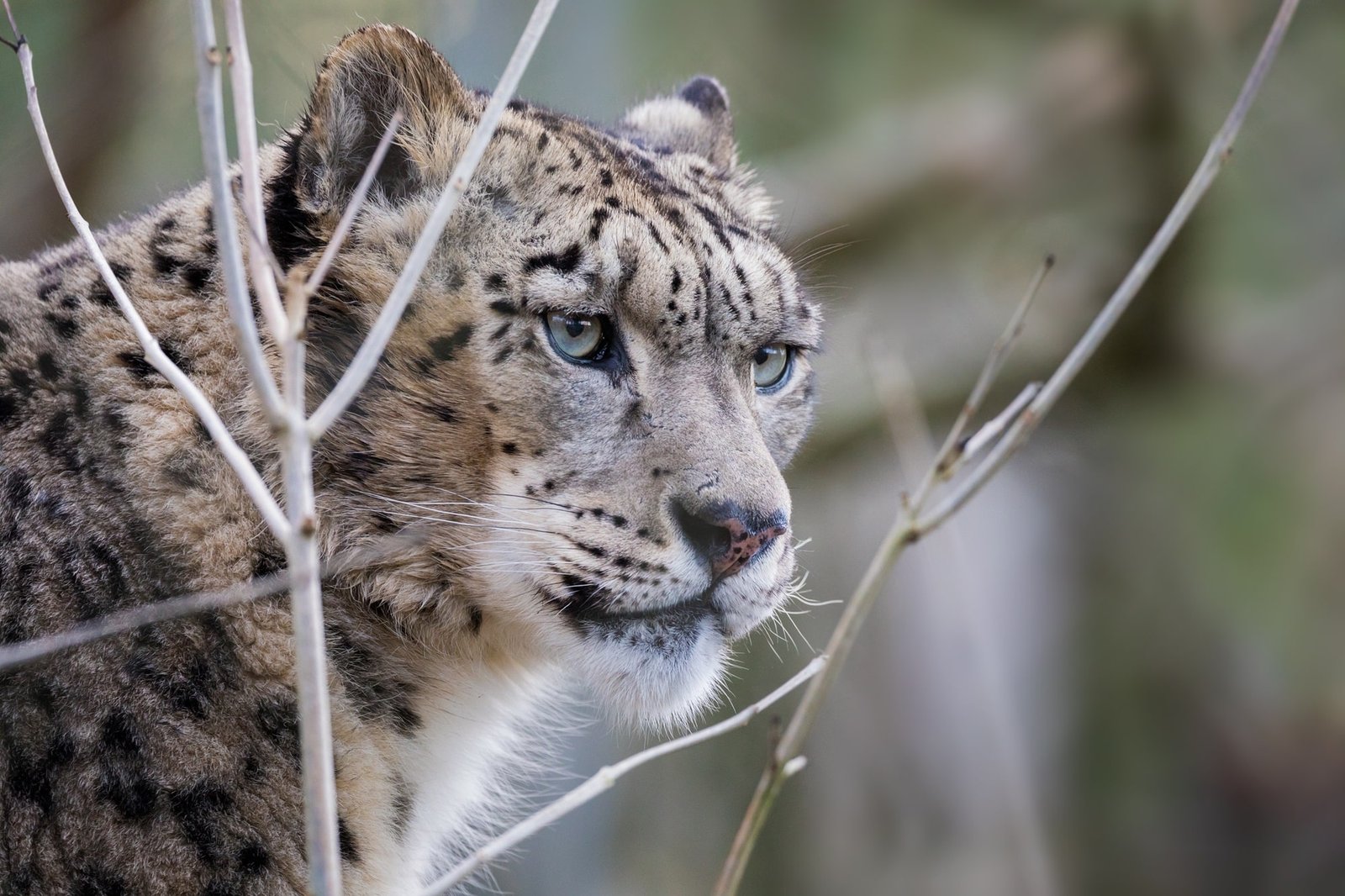
Conservation Status and Ecological Significance of the Snow Leopard (Panthera uncia)
- Snow leopards are elusive big cats native to the mountainous regions of Central and South
- Recognizable by their beautiful grayish-white fur with distinctive rosette patterns. snow leopards are well-adapted to cold, high-altitude environments.
- These solitary creatures are known for their incredible leaping abilities. allowing them to cover great distances while hunting prey.
- Snow leopards primarily feed on blue sheep and other mountainous ungulates. playing a crucial role in maintaining the balance of their ecosystems.
- Unfortunately, snow leopards face threats such as poaching and habitat loss, making them an endangered species with conservation efforts crucial for their survival.
Executive Summary:
The Snow Leopard (Panthera uncia) is an elusive and endangered big cat species native to the rugged mountainous regions of Central and South Asia. Recognized for its distinctive pale gray coat adorned with black rosettes and a long, powerful tail, the snow leopard holds a critical place in the ecosystems it inhabits. This report delves into the current conservation status, ecological significance, and the ongoing efforts to protect this iconic species.
Conservation Status:
The Snow Leopard is classified as “Vulnerable” on the International Union for Conservation of Nature (IUCN) Red List of Threatened Species. The primary threats to the species include poaching, retaliatory killings by herders, habitat fragmentation, and the decline of its prey species. The range countries, including countries such as Afghanistan, Bhutan, China, India, Kazakhstan, Kyrgyzstan, Mongolia, Nepal, Pakistan, Russia, Tajikistan, and Uzbekistan, have been actively involved in conservation initiatives.
Habitat and Distribution:
Snow leopards are adapted to life in the cold, high-altitude mountainous regions of Central and South Asia, where they roam across an expansive range of over 2 million square kilometers. Their habitat includes alpine meadows, rocky outcrops, and steep cliffs, making them well-suited for the challenging environments they inhabit.
